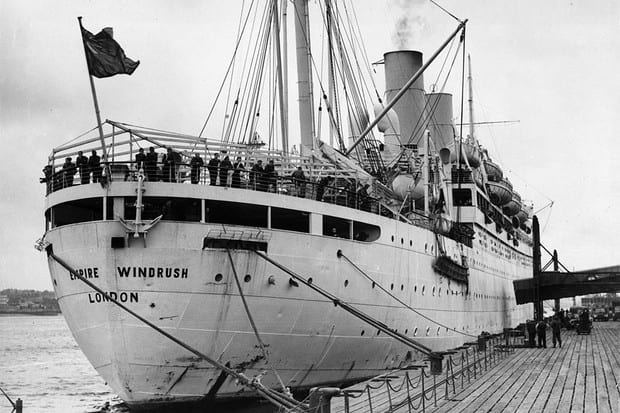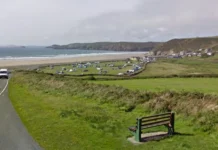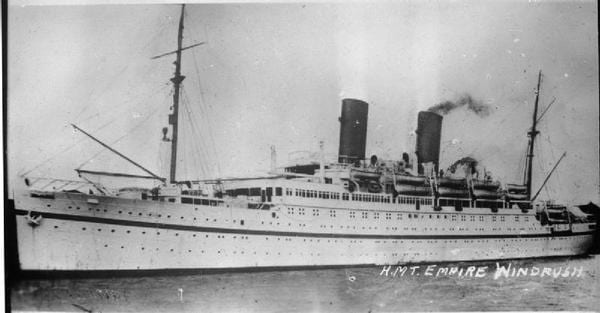
What is Windrush Day, and why do we celebrate it? Former teacher Laura Steele of education resources experts PlanBee explains that those who took the brave decision to leave their homes in the Caribbean in 1948 laid the foundations of modern Britain
In 1948, Britain was just beginning to recover from the devastating effects of the Second World War. Cities across the country had been badly bombed, and there were many public buildings and homes that needed to be rebuilt. However, there was a huge shortage of labour. During the war, almost 265,000 military men and women, and 67,000 civilians had been killed, with a further 284,000 wounded. The working-age population had been greatly depleted.

To deal with the shortage of working-age men and women, the British government decided to encourage people from the British colonies to migrate to the UK. The British Nationality Act of 1948 gave everyone who lived in the UK, or any of the British colonies around the world, the same rights to live and work in the UK. British colonies included many of the Caribbean islands, including the Bahamas, Barbados, Trinidad and Jamaica.
On 15th April 1948, a small advertisement was placed in a newspaper announcing a ‘passenger opportunity’ to sail from Jamaica to the UK on the HMT Empire Windrush. The price of a ‘troop deck’ ticket was £28 (equivalent to around £1,000 now).
Around 500 Jamaicans bought tickets for the HMT(Her Majesty’s Transport) Empire Windrush. At the time, Jamaica’s economy was struggling, and the island was still feeling the effects of a devastating hurricane a few years earlier. Many decided to accept the British government’s invitation to come and live and work in Britain, with the hope of a better, more prosperous life. Some of those who bought tickets did so because they had served in the British armed forces during the war and now wanted to rejoin. Others were simply curious to see the ‘Motherland’.
Many of the Windrush passengers were men, but there were also women and children making the crossing. The occupations of those travelling to Britain ranged from mechanics, carpenters and engineers to boxers, actresses and a piano repairer.
The 8,000 mile journey from the Caribbean to Tilbury Docks in Essex took 30 days. The Windrush dropped anchor on 21st June, 1948. Many of the new arrivals stayed in London, finding employment with the NHS and London Transport, and settling into homes in the Brixton and Clapham areas of the capital.
The arrival of the Windrush passengers was a landmark event and it marked the start of many more people from British colonies, including India, migrating to the UK.
Many of those who had migrated only planned to stay in Britain for a few years before moving on, but a large number ended up settling permanently, having families, and considering Britain their home. This has resulted in the vibrant, diverse and multicultural modern-day society we have today.
Help keep news FREE for our readers
Supporting your local community newspaper/online news outlet is crucial now more than ever. If you believe in independent journalism, then consider making a valuable contribution by making a one-time or monthly donation. We operate in rural areas where providing unbiased news can be challenging. Read More About Supporting The West Wales Chronicle






















